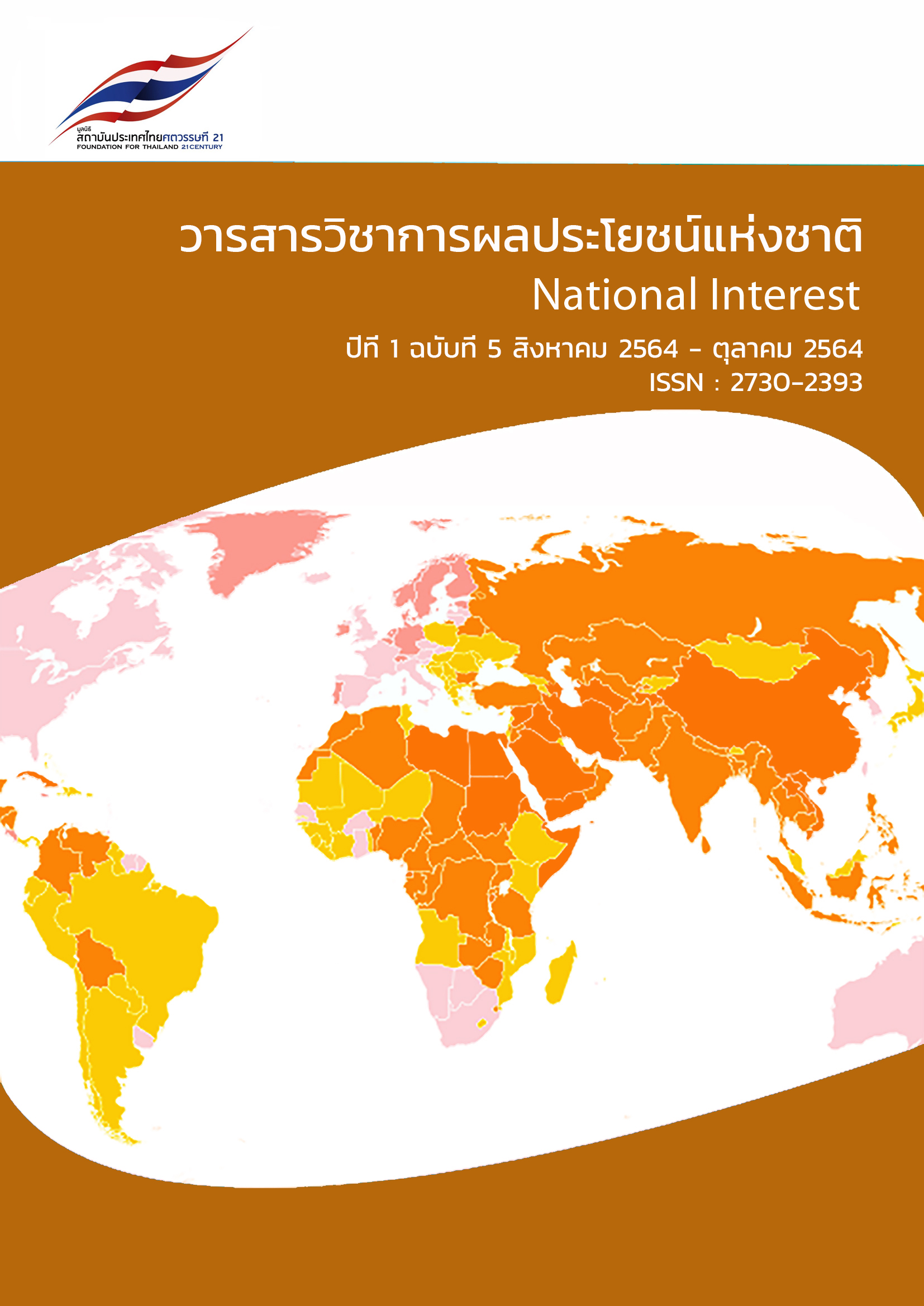Campus Climate and Its Impact on Student Satisfaction at a Minority-Serving University in the United States
Main Article Content
Abstract
The purpose of this study was to examine the effects of college student perception of campus climate on educational satisfaction at a minority-serving institution in the United States. The research found that incidents of harassment and discrimination still happened at the target institution and such incidents hampered the quality of students’ educational experiences. In short, student satisfaction was positively linked to feelings of well-being and a sense of welcoming, but it was negatively associated with feeling harassed, devalued and discriminated. Colleges and universities should create a warm, friendly and supportive learning environment for students to thrive in school and life.
Article Details

This work is licensed under a Creative Commons Attribution-NonCommercial-NoDerivatives 4.0 International License.
National Interest Academic Journal under Creative Commons Attribution-NonCommercial-NoDerivatives 4.0 International License The journal allows access or distribution of academic work without charge or registration. To support the exchange of knowledge Scope covers academic work in geopolitics. Geoeconomics and Innovation
Users can share, copy and distribute all information published in National Interest Academic Journal in any form or medium subject to the following conditions:
Citation — Permission to use, reproduce, distribute, or modify the work. But credit must be given to the owner of the work. If the work is used without credit, the name of the owner of the work will be Must obtain permission from the owner of the work first.
Noncommercial — The work may be used, reproduced, distributed, or modified. However, the work or article may not be used for commercial purposes.
Cannot be modified — The work may be used, reproduced, and distributed. But do not modify the work. unless permission is received from the owner of the work first
References
AACU, “College students are more diverse than ever, but faculty and administrators
are not,” [Online] Available: https://www.aacu.org/aacu- 3 news/newsletter/2019/march/facts-figure. [Accessed: June 22, 2014]
Campbell-Whatley, G.D., Lee, J., Toms, O., Wang, C., “Student perceptions of diversity and campus climate: When students speak”. New Waves - Educational Research & Development, vol.15, no. 1, pp.3-22, 2012.
W. Henry, S. Fowler, Samantha and N. W. Nicole, “Campus climate an assessment of students’ perceptions in a college of education,” Urban Education. vol. 46, pp. 689-718, 2011.
F. Bondestam and M. Lundqvist, “Sexual harassment in higher education – a systematic review,” European Journal of Higher Education, vol. 10, no. 4, pp. 397-419, 2020.
C.M. Cress, “Creating inclusive learning communities: The role of student–faculty relationships in mitigating negative campus climate.” Learning Inquiry, vol. 2, pp. 95–111, 2008.
S. Tang and M. Seto, “AANAPISI perspectives of Asian American veterans in college.” New Directions for Higher Education”, vol. 4, no. 1, pp. 49-65, 2019.
J. Hart and J. Fellabaum, “Analyzing campus climate studies: Seeking to define and understand.” Journal of Diversity in Higher Education, vol. 1, pp. 222-234, 2008.
K. Budd, A. Grundy, R. Ward, M. Rose and G. Muschert, “Sexual assault campus climate surveys: Insights from the first wave,” Dignity: A Journal on Sexual Exploitation and Violence, vol. 4, no. 1, pp.1-21, 2019.
M.A. Marks, M.A., and E.S. Nelson, “Sexual harassment on campus: Effects of professor gender on perception of sexually harassing behaviors,” Sex Roles, vol. 28, pp. 207–217, 1993.
E.T. Pascarella and P.T. Terenzini, “How college affects students findings and insights from twenty years of research.” San Francisco, CA Jossey-Bass. 1991.
N. Amaury and A. Cabrera, “The role of perception of prejudice and discrimination on the adjustment of minority students to college.” The Journal of Higher Education, vol. 67, no. 2, pp. 119-148, 1996.


